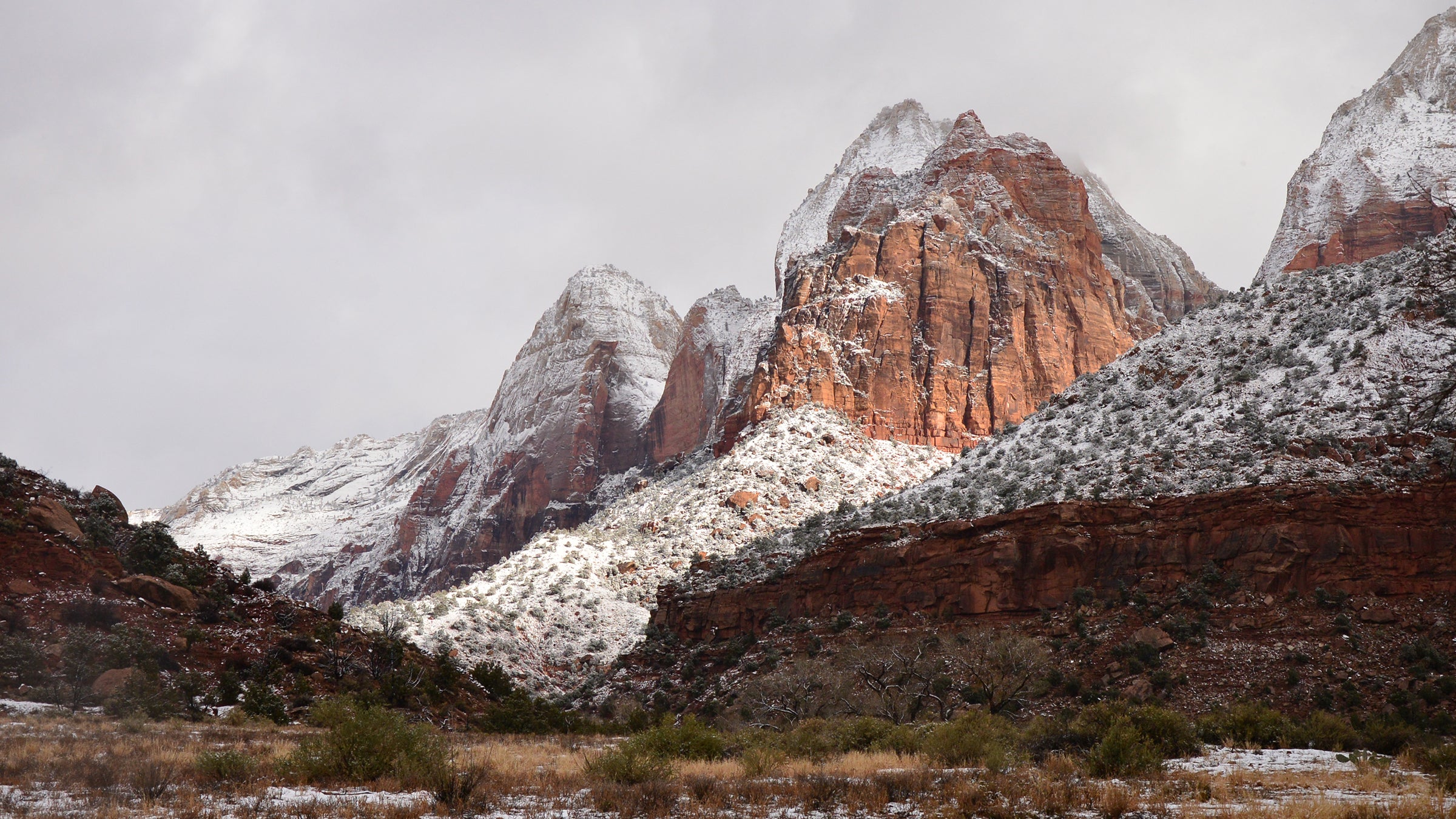Field Institutes Are the Best Education in the National Parks—and They're in Danger

(Photo: NPS/Cadence C. Cook)
Joshua Tree National Park’s visitation has spiked in the past decade, and while most visitors are interested in its other-worldly natural backdrops, others want to learn more than roadside signs can teach them. Enter field institutes. These programs, usually run by a National Park non-profit partner, offer affordable, diverse, and meaningful field-based learning opportunities to the public. From plein air arts to naturalist curricula to guided hiking and backpacking trips, field institutes hold a tradition of sharing access to expert instructors deeply connected to the cultural and natural heritage of the lands where they operate. The Point Reyes National Seashore Association Field Institute even offers youth-specific curriculum, including overnight camps. But many of these programs around the country are suffering, some are closing.
Field institutes have historically run at a loss; their parent organizations’ budgets subsidize them. In the past year, however, as organizations and businesses of all types struggled to stay afloat as a result of the pandemic, field institutes were hit particularly hard with budget cuts and program suspensions. As a necessary pivot, many evolved their programming, which in many cases hadn’t changed much in decades.
Unable to hold classes in person, Kevin Wong, Director of the Desert Institute at Joshua Tree National Park Association, saw an opportunity to try out virtual events.
“The Desert Institute has been a thriving educational program for 20 years doing the same thing the same way. It was time to reinvent the Desert Institute.” Likewise, Biret Adden from Point Reyes National Seashore Association Field Institute admits that “in these programs that have been institutionalized for so long, and they have a specific way of doing things, it’s hard to introduce new thinking.” Still, Baret introduced hybrid and online programs and stopped printing their course catalog. Attendees met both changes favorably, and the institutes will likely carry them over beyond the end of the pandemic.
For some field institutes, however, virtual programming didn’t match the “real experience.” Katie Whightman, Director at Sequoia Parks Conservancy Field Institute, witnessed a massive decrease in attendance to their most popular program of the year, the Night Sky Festival. The event normally brings in about 5,000 people to Sequoia and Kings Canyon National Parks, but a mere 500 people joined on the virtual run of the event last year.
Another survival tactic was to continue in-person programs at reduced capacities. Zion National Park Forever Project’s Field Program Director Michael Plyler says he has considered adding online classes to his programs but hesitates because “part of the philosophy is that it’s a field program, and so if we want to talk about a geologic layer, we want to say, hey, see that rock right there?” To keep in-person attendance safe, Plyler reduced class capacities by 50%, added a no-fee cancellation policy to encourage participants to prioritize their health. He also adjusted transportation accommodations to avoid using the public shuttle at Zion, which experienced record visitation in the fall of 2020.
Plyer is grateful to have support from his community to keep some in-person experiences alive, but recognizes their programs’ reach has been limited. Another innovative approach to field-offerings has been in place at Sequoia Parks Conservancy, where the public could book 1-on-1 “journeys” with park naturalists. These are available for small groups of people insofar as they live in the same household.
Despite their best efforts, however, some field institutes have faced closures, both temporary and permanent. For park-goers, it’s a loss: Education plays a key role to the parks’ new and ever-growing audiences. Field institutes create deeper connections to our parks through the value of their classes, access provided to underrepresented communities, and by continuously teaching park stewardship to visitors. Volunteers and field institute staff across the country are used to defending this value, and if we want these experiences to exist for generations to come, we, the broader outdoor community, need to join them. Here’s how.
5 Ways to Support a Field Institute
- Become a member of their parent organization or make a one-time donation with a note expressing your support for educational programs. The next time you visit a park, ask how to support their non-profit partner.
- Visiting a nearby park? Find their non-profit partner and book a field class or a guided tour with a naturalist.
- Got time and curiosity to learn about land away from home? Check out their virtual offerings. You can often find free programming via YouTube channels (like this one) or learn about paid events on their websites and newsletters.
- Write to your park or their non-profit partner’s board members to let them know you value and support the continuation of educational programs. This will help them make informed decisions about their budget.
- Become a volunteer! Most field institutes are volunteer-powered, and if you enjoy meeting new people and sharing your passion for the outdoors this is a role you’ll love.